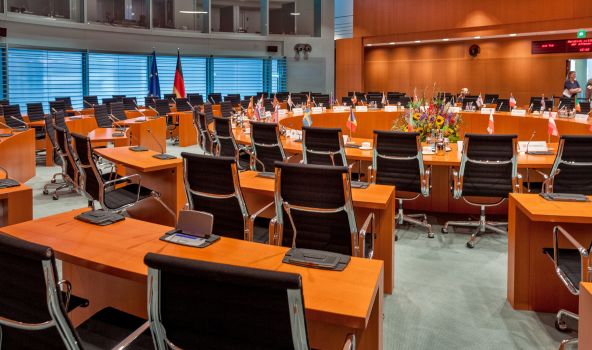Three key challenges for materials as offshore wind grows
CRU is proud to sponsor the Global Wind Energy Council’s latest Offshore Wind report. One thing that is very clear from this report is that the industry is developing extremely rapidly and will need to continue to do so in the coming years as we look to a decarbonised future. While this pace of growth offers a strong demand pipeline for the materials and services needed, it also creates several challenges. As part of our sponsorship, CRU has produced a case study which focuses on some of these challenges and is presented in this Insight. Please contact us to discuss further our work in these areas.
Rapid growth in offshore wind capacity offers a strong demand opportunity for metal producers. But it also presents large challenges for the whole industry supply chain. Here we highlight three of them – decarbonisation, materials availability, and price volatility.
Renewables need decarbonised materials supply
Switching the world to renewable energy is a powerful method of decarbonisation. Supply chains to build this renewable capacity themselves need to be decarbonised to achieve a true energy transition.
Offshore wind is steel-intensive but producing steel is CO2-intensive. CRU data shows that making plate steel – typically used for monopile construction – using a blast furnace today emits a global median of 2.4t CO2/t steel.
Companies developing offshore wind projects are targeting net zero Scope 3 emissions. Low-CO2 steel must be sourced to achieve this. But decarbonising steel production is a huge task, requiring massive capital expenditure, process flowsheet change and sufficient supply of energy and raw materials. The market opportunity exists but can it incentivise all of these to occur?
Are enough materials available?
The question of materials supply to offshore wind has particular resonance in wire and cable. Including installation costs, it can account for almost 17% of the total project cost of an offshore wind farm. This is due to the extensive usage of high-value subsea export and array cables, and the sophisticated cable-laying works required by specialist vessels. CRU forecasts that global subsea cable demand in offshore wind applications will grow by at least 17% CAGR between 2022-2027.
However, we foresee a clear challenge for subsea cable producers to meet such exceptional demand. Out of thousands of cable factories worldwide, only 30 sites can currently produce subsea cable due to relatively high technical and capital entry barriers. Consequently, a European offshore wind or interconnector project owner may need to wait for up to five years for cable delivery if placing an order today. The issue is further complicated by an aversion to non-domestic cable manufacturers.
Large, long-life projects need to manage their price risk
Assuming the above challenges can be resolved, there remains an important question of how to manage materials price volatility. This can be extreme – there was a difference of more than three times between the minimum and maximum steel plate price in Germany since January 2021. A 100,000 t order placed at the highest price would have cost €125M more than if it was placed at the lowest price.
Purchasing teams in offshore wind therefore either have a huge challenge of market timing, or they need to be equipped with risk management tools. Indexing their purchases to steel prices, like those discovered by CRU, offers a powerful such tool. It removes market timing risk, creates a fair distribution of value between seller and buyer, and allows commercial discussions to focus away from the fraught area of price, and instead, on other value-adding areas of the supply partnership.

















